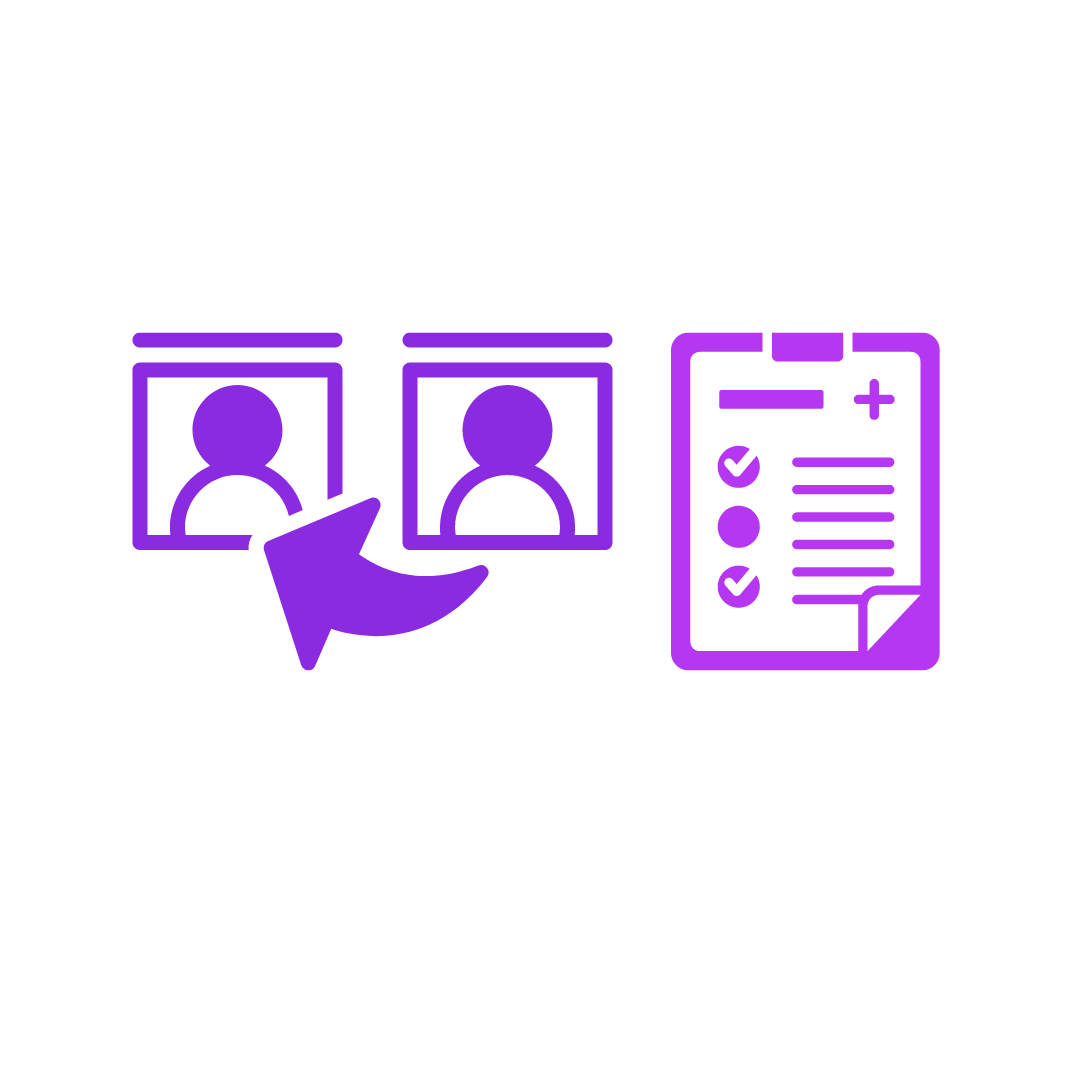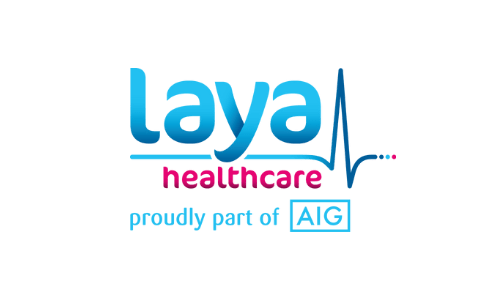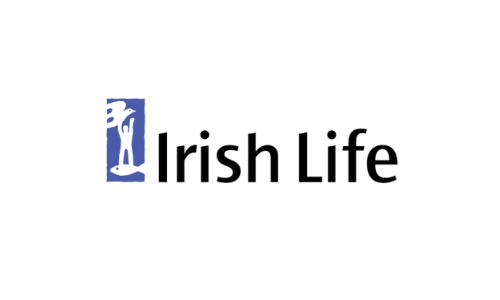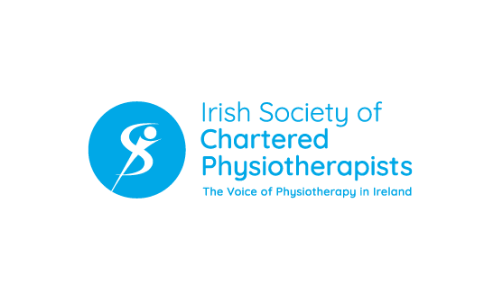Massage Therapy
What is Massage Therapy?
Massage Therapy is the use of one or many massage techniques that incorporate both stretching and pressure application to relieve tension in specific muscles that have built up due to injury or stress. Massage is a general term for pressing, rubbing and/or manipulating your skin, muscles, tendons and ligaments. Massage may range from light stroking to deep pressure techniques.
The entirety of the Massage Therapy Industry and the number of services available can be overwhelming. There seems to be an ever growing number of massage types coming to market, accompanied by an equally large number of advertised benefits. Massage is one of the core foundations of the Physiotherapy profession. There is evidence of massage being used in many ancient cultures and is more than likely why Physiotherapy and Massage are still synonymous terms to this day.
At its essence, a Massage can provide you with some short term pain relief. This is most certainly valuable and is arguably worth your hard earned money, but what’s more valuable is that your Chartered Physiotherapist explains that your relief is short term and neuromodulatory rather than structurally mediated. What does that mean? It’s similar to when you burn your finger on the stove and wag it in the air for some short term comfort. It seems to help in the moment but it hasn’t fundamentally influenced your long term recovery.
Different types of Massage
It is very difficult to define one type of Massage over the other but typically speaking, a Deep Tissue Massage is often administered as a full body massage, rather than focusing on a specific area of the body. Therefore it could be said that a Sports Massage is a targeted massage approach that focuses on specific areas of the body that are in need of relief. Sports Massage aims to reduce post activity fatigue, release muscle tension and increase flexibility. It is commonly used before, during and after sporting events.
Both deep tissue and sports massage use similar strokes, including kneading, circular movements to attempt to relieve muscular pain and tension. Muscles can contract as a response to your nervous system and consequently thicken. These tight bands of muscle tissue are noticeable to the touch and are often described as both “adhesions” and “knots”. A person may have more reason to seek out a sports massage if they experience overuse injuries from physical activity. On the other hand, a person undergoing deep tissue massage may be looking for a more general relief from muscular pain and mental stress. These types of clients don’t have to participate in a certain activity, be an athlete, or have a specific injury to receive either type of massage.
We offer a Relaxation Massage, which is designed to make you feel relaxed and comfortable throughout the whole session. This will be quite soft in nature and a lot less “intense” than what you would expect with a Sports Massage. Talk to your Therapist about what might be the best option for you.
Massage Therapy can improve
Flexibility
Sports Recovery
Short Term Pain
Tightness
Muscle Tension
Stress
Overall Attitude
Desire to Rehab
Need to know
Massage Therapy is not a painful technique. You may feel slight discomfort or tenderness in the area being worked on during the session and for a few days afterwards. However, your therapist will regularly ask you whether the depth of massage is at a comfortable level for you.
Clinical Research Shows
Research today finds that a Massage results in no significant improvement in measures of athletic performance. There is some debate regarding the topics below but any reported benefit or improvement is slight at most.
Can reduce DOMS
A Massage can provide small benefit in reducing or preventing Delayed Onset Muscle Soreness (DOMS).
Can improve Flexibility
A Massage can slightly improve flexibility when compared with no intervention at all.
We are here to make your Physiotherapy session as comfortable as possible and allow you to gain peace of mind within 40 minutes. It’s important as a patient, that you know you’re being treated by a registered Professional.
Caveat Emptor
No matter the type of Massage you book for yourself, you’re paying for a relaxation experience, that will hopefully take your mind off your pain or injury. As you do not require a medical referral to book any of these services, it is up to you as both patient and customer to understand what you’re paying for.
For example, many professionals argue that “Myofascial Release Therapy” is not the same as regular Massage Therapy.
Supposedly they have different focuses. Massage works with soft tissue and the overall system of muscles in the body to relieve stress and tension, whereas Myofascial release works specifically with the connective tissue to relieve the tightness that causes muscle restrictions. The type of touch involved in each technique is apparently also different. Massage Therapy involves steady movement, like kneading and stroking, on the muscles to bring relief, whereas Myofascial Release Therapy uses sustained pressure to stretch and lengthen the fascia. Lastly, there is a difference in the use of lubricants. Massage Therapy usually uses oils or lotions to help with smooth movement, whereas Myofascial Release Therapy doesn’t need a lubricant. It is up to the individual in this circumstance to determine the impact of these supposed differences.

Generally speaking in Health, Fitness and Wellness there are nuanced differences between professionals, techniques and areas of expertise that matter and exist for good reason. There is a spectrum of services available and the best for you is the one that satisfies your personal needs and situation.
What else to expect

Diagnosis
Although our Chartered Physiotherapists are trained in providing Massage Therapy, our main priority at mybod will be effective diagnosis of the underlying issue. Your Physio will be on hand to answer any questions you may have.

Your Care Plan
Aside from hopefully feeling immediate relief or a sense of relaxation in your session, you will learn how to manage this pain going forward and work towards long term recovery through an Exercise Programme.


Timeline
Chartered Physiotherapists have extensive knowledge on physiology, anatomy and exercise prescription, giving them an advantage over other therapists when it comes to treating pain. Your Physio will speak to you about a realistic recovery period and when you expect to get bak to normal.
Claim back your session on your Health Insurance!
Vhi
You can claim back your Physiotherapy session cost with Vhi’s “Snap & Send”.

Laya Healthcare
Along with other benefits, the Laya App enables you to claim on your Physio.

Irish Life Health
Log into your Account Online to make your claim with Irish Life. A member app is available too.

Questions?
What are your prices?
All pricing can be found on our Booking Page here.
Do I need to go to my GP first?
No. You do not require a referral to book an appointment with us.
Is Massage Therapy painful?
No. As mentioned above, you may feel slight discomfort and tenderness in the massaged area during and after your appointment. Your Physio will check in with you to make sure you’re comfortable throughout.
What should I wear to my appointment?
It is best to wear shorts if the issue is your lower body and a T-shirt or Singlet if the issue is with your upper body.

